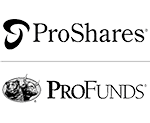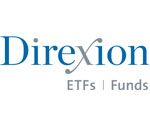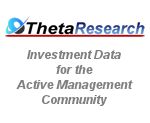Industry report finds that the key to investor success is combining active management with behavioral finance and financial planning
Denver, CO. April 29, 2013. The National Association of Active Investment Managers (NAAIM) released today a groundbreaking new white paper designed to showcase the advantages of active investment management and the limitations of the debate related to active vs. passive investing.
The report, “Three Fundamentals–Using Active Management, Behavioral Finance and Planning to Reach Client Objectives” defines the fundamental reason for portfolio management is to meet client’s objectives—rather than beat the market. The white paper highlights the need for using behavioral finance to keep clients’ emotions in check and help them avoid making decisions that will inevitably limit their ability to meet those objectives. As part of that process, the report focuses on the role and benefits of active management in portfolio diversification.
“For years the industry has been locked in a debate about whether active or passive management is better,” said Dave Moenning, NAAIM Vice President. “With this new report, NAAIM is documenting that there is more to the discussion than just picking one approach.”
According to the report, “It’s not about beating the market. Simple arithmetic tells us that most investors will not consistently beat the market. This discussion is fundamentally about enabling clients to meet their financial objectives, which involves allowing them to stay comfortably invested in all market environments.”
“At NAAIM, we contend that active management is an important tool in meeting that goal and provides additional diversification—enabling investors the opportunity to improve performance and smooth market volatility,” said Moenning. “It’s not an all or nothing proposition.”
The report provides a balanced view on the benefits of both active and passive strategies, contending that a combination of the two can provide added diversification to help manage client emotions during volatile markets. According to the report, “When active and passive strategies are mixed they can provide a better overall experience for the client. Active management strategies and the value they can bring enhance advisors’ ability to add performance, help respond to changing market conditions, and side‐step losses. When combined with more passive strategies, active strategies provide an extra level of diversification, to vary not just asset class, but also holding time frame.”
In today’s more volatile markets, there is a growing use of active investment strategies being deployed by financial advisors, with nearly 50% incorporating a tactical strategy into client portfolios, according to Cerulli. The “Three Fundamentals” white paper was released at the 35th annual NAAIM Uncommon Knowledge conference, held in Denver, CO April 29- May 1, 2013.
Get your free copy of the report, “Three Fundamentals–Using Active Management, Behavioral Finance and Planning to Reach Client Objectives” HERE















